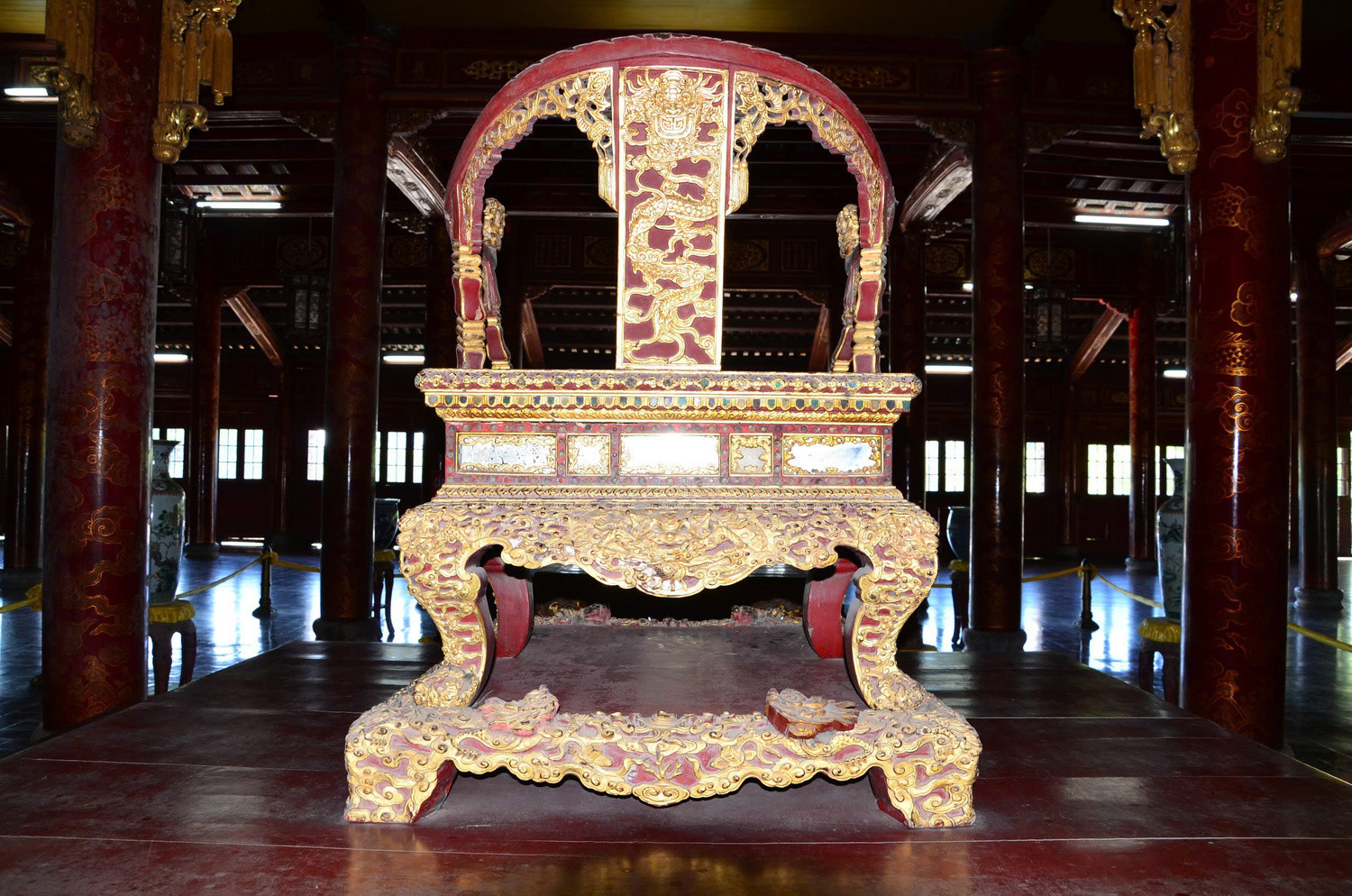Deputy Minister of Culture, Sports and Tourism Hoang Dao Cuong has signed Document No. 2373/BVHTTDL-DSVH, calling for a comprehensive review and enhancement of the protection, preservation, and promotion of national treasures across Vietnam.

The Ministry of Culture, Sports and Tourism (MoCST) has requested all central ministries, agencies, socio-political organizations, and People’s Committees of centrally governed provinces and cities to direct the implementation of specific measures:
On protection:
Agencies are to develop, finalize, and promptly implement protection plans for each national treasure. These plans must include measures against theft, fire, explosion, natural disasters, and other potential threats to ensure absolute safety for the treasures.
For treasures currently stored at heritage sites or held privately, specific protection plans must be created for each item. These plans should be approved by the local Department of Culture and Information and assigned to local authorities for execution.
Authorities must proactively report and inform relevant agencies immediately when any real-world developments threaten the safety of national treasures.
On preservation:
The MoCST emphasized the need for investment in infrastructure upgrades, including the renovation of facilities and procurement of specialized equipment for storage and exhibition areas within museums and historical sites that house national treasures.
Preservation methods must be detailed, scientifically grounded, and in full compliance with Vietnam’s cultural heritage laws. Preservation activities must strictly follow technical and procedural standards, with guidance from domain experts and scientists, tailored to the type, material, and condition of each artifact.
On promotion of value:
Authorities are to design and implement engaging, accessible public programs to raise awareness of the cultural and historical significance of national treasures, both domestically and internationally.
Exhibition strategies must reflect the nature and characteristics of each treasure, balancing public engagement with the imperative to safeguard security and integrity. Preservation of valuable artifacts and antiques at historical, cultural, and scenic sites must also be prioritized.
Special protection measures for listed artifacts:
For immovable artifacts at heritage sites that cannot be replaced with replicas, protection strategies must limit or prevent direct visitor access and interaction. Regular inspections must be conducted to prevent damage, and maintenance must be scheduled routinely.
In cases where artifacts can be stored and substituted with replicas, the storage plan must include proper preservation equipment, theft alarm systems, and placement in areas distant from fire or flood risks. Surveillance systems must be connected to designated personnel or organizations responsible for artifact protection.
Tinh Le